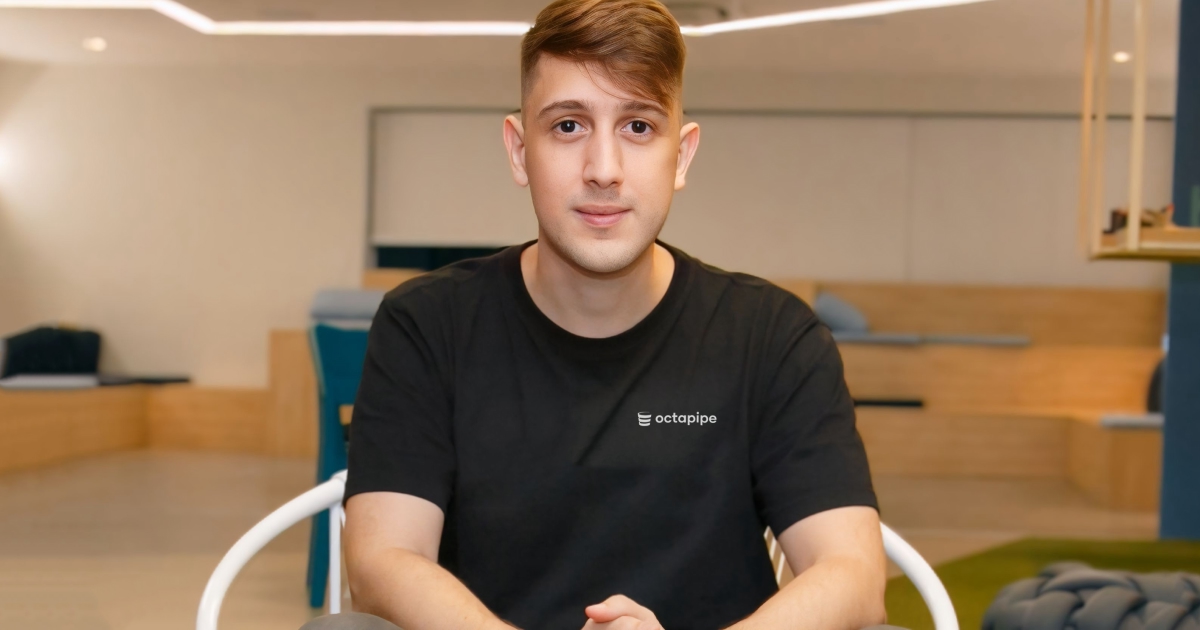✨ Valued at USD 1 million following a successful funding round
Raising Investment Was Just the Beginning: What Happened After the Check Cleared
Securing capital from a renowned venture fund seemed like the pinnacle of the entrepreneurial journey, but it was only the start. In this article, I share the fundraising process, what happened after the investment, and the unexpected challenges that tested the company's planning and resilience. A true story about learnings, shareholder disputes, and the importance of being prepared for the unpredictable.

Felipe Barelli
Published at March 26th 2025

In Brazil's startup ecosystem, securing investment from a venture capital fund is still seen as the ultimate success milestone for many entrepreneurs. But what few talk about - and even fewer are prepared to face - is that the check is just the beginning of an even more complex, intense journey full of unexpected twists.
The Dream Fund
Most venture capital funds in Brazil have a conservative profile. Rare are those who take risks on bold ideas without validation or robust revenue. I knew this. And yet, there was one specific fund that fascinated me - because of their investment thesis, their content, their managers' vision. For me, closing with them would be a dream.
I spent months following everything they published: social media, YouTube channel, the CEO's books. I didn't know when, but I was convinced the moment would come. What I didn't imagine was that it would happen so quickly.
Nearly a year after founding my company, with revenue approaching the fund's minimum threshold, I was surprised by a LinkedIn message from a scout responsible for prospecting startups. This began a six-month journey.
The Road to Investment
If you think raising investment is simple, straightforward and quick, you're mistaken. It was months of meetings, pitch presentations, intense valuation negotiations, discussions about dilution and future rounds, sending accounting documents, due diligence and much more.
In the end, we signed a convertible note for R$400,000 (about $80,000) at a R$4 million valuation. For those unfamiliar, convertible notes are common at this stage: the investor lends money to the startup and at maturity can choose to convert it into equity.
More Than Just Capital: Strategy, Testing and Learning
This investment wasn't just working capital. It was fuel to test pricing, acquisition channels, sales processes and validate the business model for scale and traction. The plan was clear: invest in growth and build a sustainable sales machine.
But real life is different from pitch decks.
The Unexpected Storm
With the heated tech market, especially abroad, and soaring salaries, two co-founders decided to leave the company. What began as restructuring turned into a nearly two-year shareholder dispute.
Much of the capital meant for growth was redirected to buying out these co-founders' shares. Unplanned payouts. It was a hard blow.
The good news? We'd been cautious. We'd reserved a significant portion for working capital, giving us breathing room to face this challenge without needing new rounds or debt.
The Growth Impact
Despite the resolution, the impact was real. The marketing and sales plan needed adjusting. Growth velocity was affected. We lost time and market position. But we survived. With resilience, focus, and deep learnings about partnerships, fundraising and execution.
Conclusion: The Check Is Just the Beginning
Securing investment from a respected fund was undoubtedly a major achievement. But money in the bank doesn't guarantee success. It's just the start of an even more demanding and unpredictable phase. Having clarity about resource allocation, being prepared for the unexpected, and above all maintaining focus on the company's mission is what separates founders who thrive from those who fall by the wayside.
Subscribe to our newsletter
Stay updated on the latest news about Octaworks, including updates and launches of new products.
- Weekly articles
- Receive weekly emails with professional tips on workflow management and automation.
- No spam
- You can unsubscribe from our newsletter at any time. We promise not to send spam.